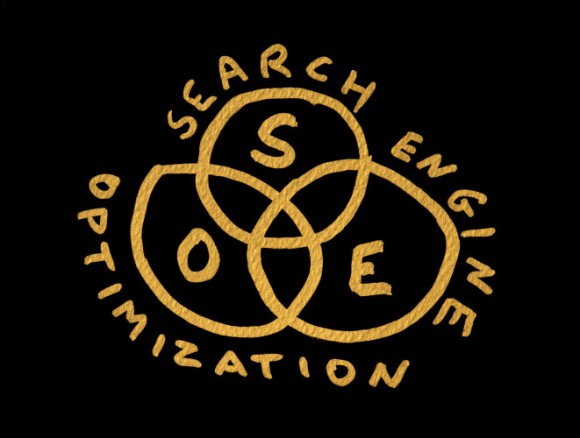Effective SEO Competitor Analysis Onsite – Part 2

On the first blog post we covered the 1st part of SEO competitor analysis including a range of topics (meta-tags review, keywords health-checks, internal linking checks, URL reviews) that you should pay attention to when you conduct an onsite SEO competitor analysis.
Concerning the second part there are equally important segments to be taken into consideration as seen below.
Page Load Time
A poor website development or a poorly designed website can affect the page load time and by extension can seriously affect the user experience while on the website and in the end the onsite SEO results. If you have discerned this type of problem on your competitors’ website make sure to avoid such issues when it comes to your own website.
Image Optimization
The images should be descriptive, as this has a significant impact on the SEO process. If your competitors have an image which is for example, stored under the title img881, then the onsite SEO is not successful. If the image is under the name Athens-Acropolis (in other words descriptive and relevant) then the onsite SEO can be considered successful so you would rather follow this particular approach.
Heading Tags
You should focus your attention on the Headers (H1, H2, H3 etc) which are on the site, as they play a significant role on the onsite SEO. For example if you see on your competitors’ pages, headers like, Luxury Rooms in Crete, then it’s a strategy that you would like to implement accordingly.

XML Sitemap
Search engines crawl on your pages and look for sitemaps facilitating the process of indexing your pages. Look for sitemaps and if your competitors do not have any, then you have the chance to be one step ahead of them in terms of onsite SEO. For this purpose, in case you do not have sitemaps, it is advisable to generate sitemaps and submit them on Google and Bing respectively.
Web Site Coding/Code Quality Checks
A well designed and well developed website means that it can easily be analysed by search engines. So if you want to see how your competitor’s website is seen by search engines, you are advised to use the HTML validator (according to the W3C standards).
Duplicate Content Checks
It is widely known, that Google (and Bing) do not like repetition regarding the content of a website. Google rewards originality and fresh content. Thus, it is essential to diagnose if your competitors have duplicated content (and if your website does) or they lack of content. The best possible way to make this diagnosis, especially when you have an online shop, is the use of the Duplicate Content tool of Web SEO Analytics where you can make a comparison of 2 websites (of your competitors or your own) and see whether their content is repetitive/duplicated or not. In this way, it will be easier for you to design your own strategy by creating a website with fresh and original content.
With the completion of this analysis you will be able to find and eliminate your weaknesses and with the onsite SEO competitor analysis, you will manage to gradually strengthen your position within the market… The Duplicate Content tool is extremely useful for those of you who own Online Shops (e.g. electronics). Despite the fact that the technical specifications of a camera for example are specific and it’s difficult to find different words to describe the same features, according to Google it is encouraged to use fresh, unduplicated content. Thus, the Duplicate Content tool helps you in an automated way to minimize the hassle of finding out whether or not your website has duplicate content in relation to other pages.

 No Comments
No Comments


